Expedition 53
/Began Sept. 2, 2017; transitioned to Expedition 54 on Dec. 14, 2017
First Part
Transferred from Expedition 52
Randy Bresnik, NASA
| Commander
Sergey Ryazansky, Roscosmos
| Flight Engineer
Paolo Nespoli, ESA
| Flight Engineer
Launched: July 28, 2017, aboard Soyuz MS-05
Landed: Dec. 14, 2017
Second Part
Docked Sept. 13, 2017
Alexander Misurkin, Roscosmos
| Flight Engineer
Mark Vande Hei, NASA
| Flight Engineer
Joe Acaba, NASA
| Flight Engineer
Launched: Sept. 12, 2017, aboard Soyuz MS-06
Landed: Feb. 28, 2018
— Statistics —
Max. crew size: 6
Started: Sept. 2, 2017
Ended: Dec. 14, 2017
Duration: 103 days
Orbits of Earth: ~1,600
Launch site: Baikonur Cosmodrome, Kazakhstan
Spacecraft: Soyuz-MS-05, Soyuz MS-06
Experiments conducted: ~120
Spacewalks: 3
Total spacewalk time: 20 hours, 10 minutes
Visiting vehicle arrivals: 2
Visiting vehicle departures: 2
— Mission Summary —
Consisting of NASA astronauts Randy Bresnik, Mark Vande Hei and Joe Acaba; Russian cosmonauts Sergey Ryazansky and Alexander Misurkin; and European Space Agency astronaut Paolo Nespoli, the six-person crew performed experiments that studied cosmic ray particles, the manufacturing of fiber optic filaments in microgravity as well as targeted therapies to improve muscle atrophy, among others. Additionally, three spacewalks were performed and several cargo ships resupplied the multinational outpost.
— Major Events —
Expedition 53 begins
Following the departure of the Soyuz MS-04 spacecraft from the Poisk module at 21:58 UTC Sept. 2, 2017, Expedition 53 officially began. It initially consisted of NASA astronaut Randy Bresnik, Russian cosmonaut Sergey Ryazansky and European Space Agency astronaut Paolo Nespoli, who launched to the outpost in July 2017 to be part of Expedition 52.
Bresnik was the commander of Expedition 53, a role that was previously held by Russian cosmonaut Fyodor Yurchikhin before he departed in Soyuz MS-04.
The three-person crew size didn't last long as Soyuz MS-06 with Russian cosmonaut Alexander Misurkin and NASA astronauts Mark Vande Hei and Joe Acaba launched from Baikonur Cosmodrome in Kazakhstan on a two-day trek to the ISS. Liftoff occurred at 21:17 UTC Sept. 12 with docking a docking at the Poisk module occurring some four orbits later at 02:55 UTC Sept. 13.
3 spacewalks in 2 weeks
Once safely at the outpost, the now-six-person crew began to settle into their roles as flight engineers, performing experiments and preparing for a trio of spacewalks planned for October. These extravehicular activities, U.S. EVA-44, U.S. EVA-45 and U.S. EVA-46 were dedicated to the replacement of a latching end effector on the 17.6-meter-long robotic Canadarm2 and various other maintenance activities.

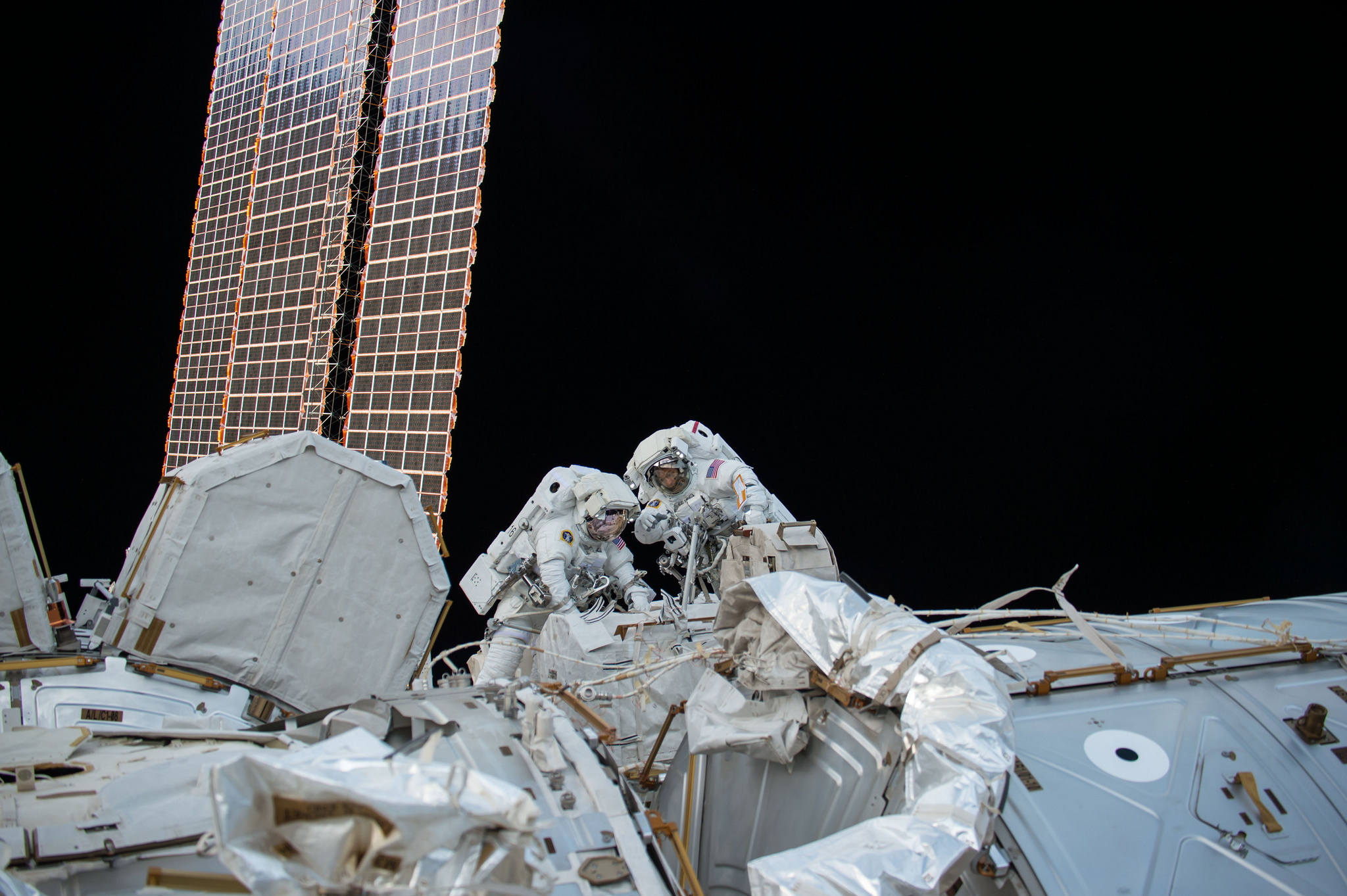
U.S. EVA-44 began at 12:05 UTC Oct. 5 and lasted for 6 hours, 55 minutes. During that time Bresnik, who was the lead spacewalker, and Vande Hei worked to prepare and remove the latching end effector known as LEE-A. Canadarm has two LEEs, one on each end, but LEE-A was in need of replacement first as a motor stall in August 2017 prevented it from successfully completing base changes across the outpost.
The ISS has various grapple fixtures for the arm to use to "walk" around the exterior of the outpost. If these fixtures are located on other items such as orbital replacement units and visiting vehicles, the arm can "capture" those objects and move them to a location around the complex. In fact, the arm is used regularly to pluck cargo spacecraft, such as the Japanese Kounotori or commercial cargo vehicles Dragon and Cygnus, and "berth" them to ports located on the U.S. side of the space station.
Once U.S. EVA-44 was completed, U.S. EVA-45 was planned for Oct. 10. That spacewalk, which was also performed by Bresnik and Vande Hei, started at 11:56 UTC and lasted for 6 hours, 26 minutes. The primary task for this outing was to lubricate the newly-installed LEE and rotate a Pump Flow Control Subassembly -- a washing machine-sized device used to push liquid ammonia through the outpost's coolant system.

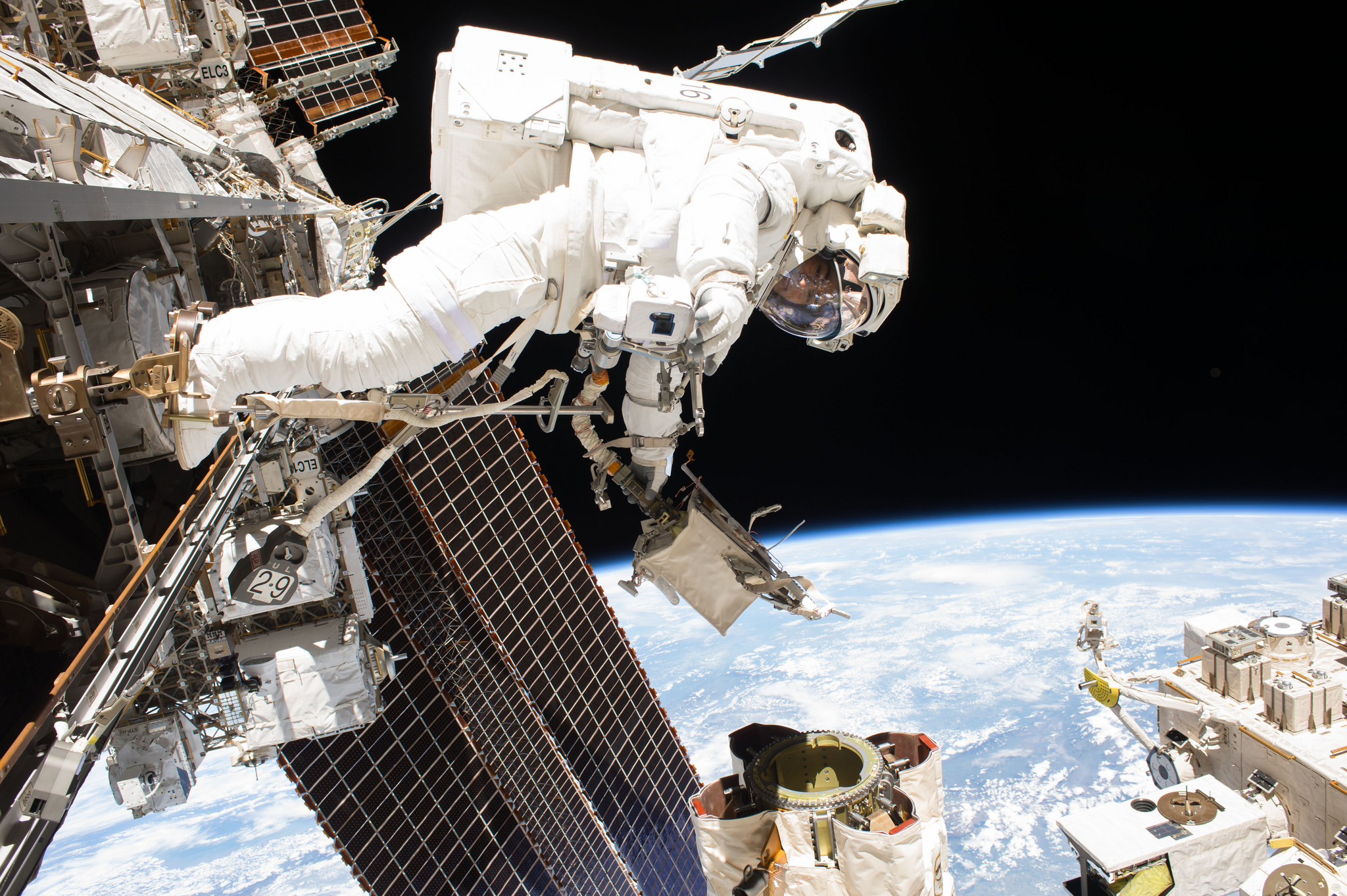
The two worked on the pump subassembly first before moving on to replacing an external TV camera. The astronauts completed these tasks with breakneck speed, and, at that point, they were about 45 minutes ahead of the spacewalk timeline.
Vande Hei then began working on the LEE lubrication task. It involved using a Ballscrew Lubrication Tool and a grease gun. The first part greased was the Central Rigidizing Ballscrew in the center of the LEE. Then he moved on to greasing the outer four latch ballscrews.
U.S. EVA-46 began at 11:47 UTC Oct. 20 and lasted 6 hours, 49 minutes. This time, the spacewalk was performed by Bresnik and Acaba. The primary tasks were to replace a camera light assembly on LEE-A before installing a high-definition camera on the starboard truss and performing several get-ahead tasks.
The duo finished U.S. EVA-46 tasks fairly quickly with no major problems. There was, however, one minor hiccup. When Acaba was working on greasing the four latches on the end effector, mission controllers noticed the controller for the Simplified Aid for EVA Rescue, also known as SAFER, was not in its slot.

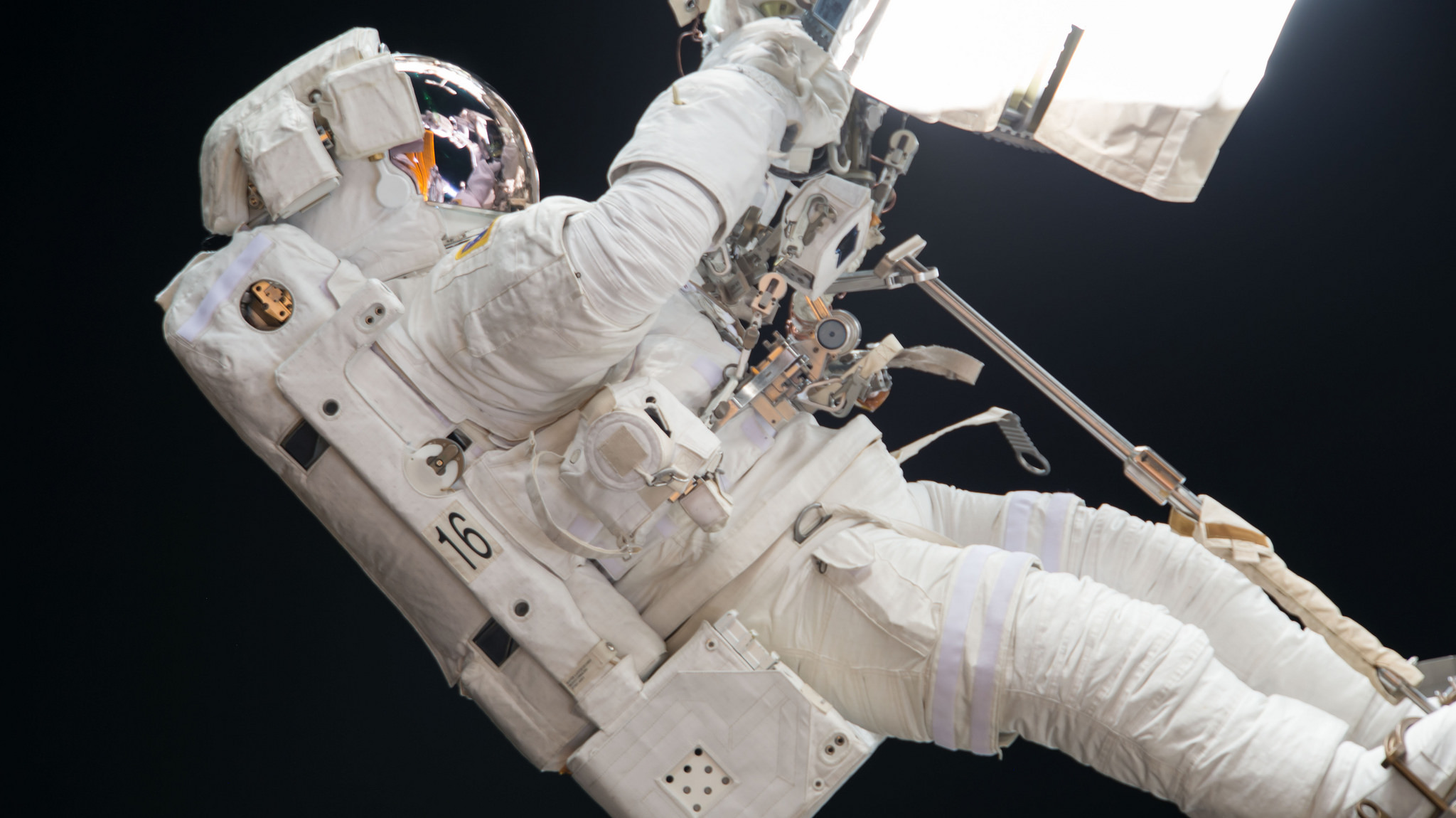
SAFER is designed to be used in the event an astronaut becomes untethered from the outpost. It is similar to the Manned Maneuvering Unit that was used in the 1980s but smaller and lighter with limited amounts of fuel.
When Bresnik made his way over to Acaba’s location, he noticed the controller was on with an indication that the 1.4 kilograms of nitrogen in the jetpack was depleted.
Acaba was directed to finish his work at Canadarm2, but then he had to make his way back to the airlock while being extra certain that his tethers were functioning properly. Once Bresnik finished his tasks, he too made his way to the airlock.
EVA-46 officially wrapped up at 18:36 UTC. This was the 205th EVA in support of ISS assembly and maintenance since 1998. Bresnik completed his fifth spacewalk bringing career time walking in space to 32 hours. Acaba was on his third excursion into the void for a total of 19 hours, 46 minutes.
The next round of spacewalks didn't occur until January 2018. Those would also involve a series of three outings to replace the other latching end effector, LEE-B.
Progress MS-07 arrival
Between the last two spacewalks, a Russian cargo spacecraft launched and made its way to the outpost. Progress MS-07, having launched two days before at Baikonur Cosmodrome in Kazakhstan, docked with the Pirs module at 11:04 GMT Oct. 16.
The automated cargo ship brought some 2.7 metric tons of supplies with it, including 880 kilograms of propellant, 23 kilograms of oxygen, 420 kilograms of water, and 1,350 kilograms of food and other equipment for the six-person crew.
Progress MS-07 was planned to stay attached to the ISS for more than six months. During that time, its contents were unloaded and transferred into the outpost before trash and other unneeded equipment was placed inside the freighter.
While the spacecraft arrived at the outpost within 34 orbits after launching from Baikonur Cosmodrome in Kazakhstan, this cargo run was originally supposed to try out a new 2-orbit rendezvous profile to arrive only 3.5 hours after liftoff. However, the first launch attempt of the Soyuz 2.1a carrier rocket, which occurred on Oct. 12, 2107, was scrubbed within the last minute of the countdown due to an undisclosed issue. Additionally, the alignment of the space station on the Oct. 14, 2017, launch was not favorable for a fast-rendezvous technique.
OA-8 Cygnus resupply mission
Following a busy October, Expedition 53 prepared for the mid-November arrival of Orbital ATK's OA-8 Cygnus spacecraft, dubbed "S.S. Gene Cernan" after the late moonwalker.



Liftoff took place atop an Antares 230 rocket at 19:51 UTC from the Mid-Atlantic Regional Spaceport on Wallops Island, Virginia. After a two-day trek, the spacecraft rendezvous with the outpost before being captured using Canadarm2. It was berthed to the Earth-facing port of the Unity module at 12:15 UTC Nov. 14.
The OA-8 Cygnus brought some 3,350 kilograms of equipment, science experiments and crew supplies to the outpost via its pressurized cargo module. The Expedition 53 crew was tasked with unloading the items before reloading it with unneeded equipment during its several-week-long tenure attached to the ISS.
Of the experiments brought to the ISS were an E. coli study, an optical communications sensor demonstration, a plant experiment and an advanced hybrid solar power panel and communications antenna.
On Dec. 5, the Cygnus spacecraft was unberthed and set adrift. It then fired its thrusters to carefully move away from the space station to begin a two-week-long secondary mission -- deploying 14 CubeSats via a NanoRacks deployer.
Reentry occurred Dec. 18, resulting in the OA-8 mission ending and breaking up over the Pacific Ocean.
Soyuz MS-05 departs, Expedition 53 ends
After spending more than 138 days in space, the crew of Soyuz MS-05 departed the ISS, officially ending Expedition 53. Bresnik, Nespoli and Ryazansky left the ISS inside the spacecraft, officially undocking from the Rassvet module at 05:14 UTC Dec. 14.


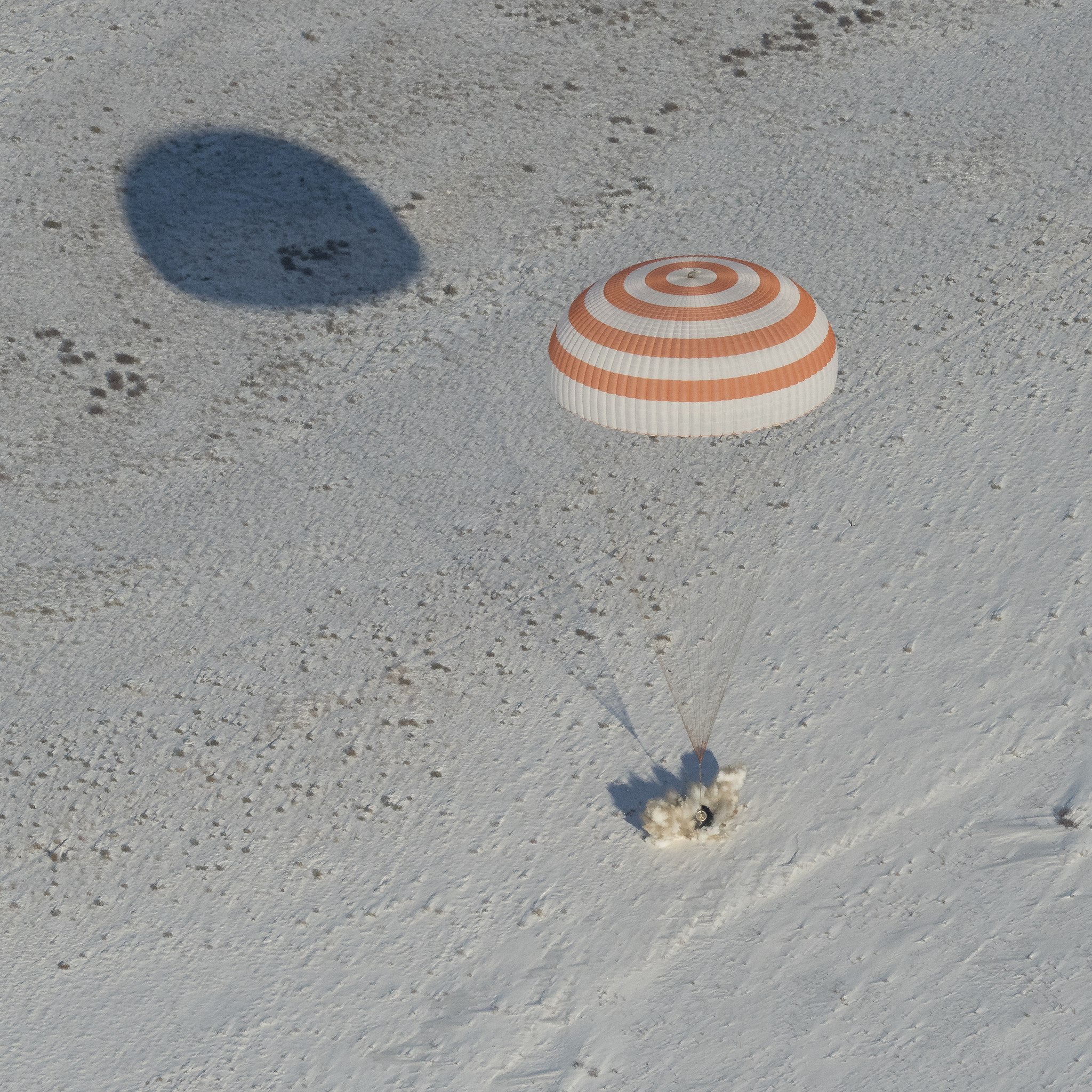
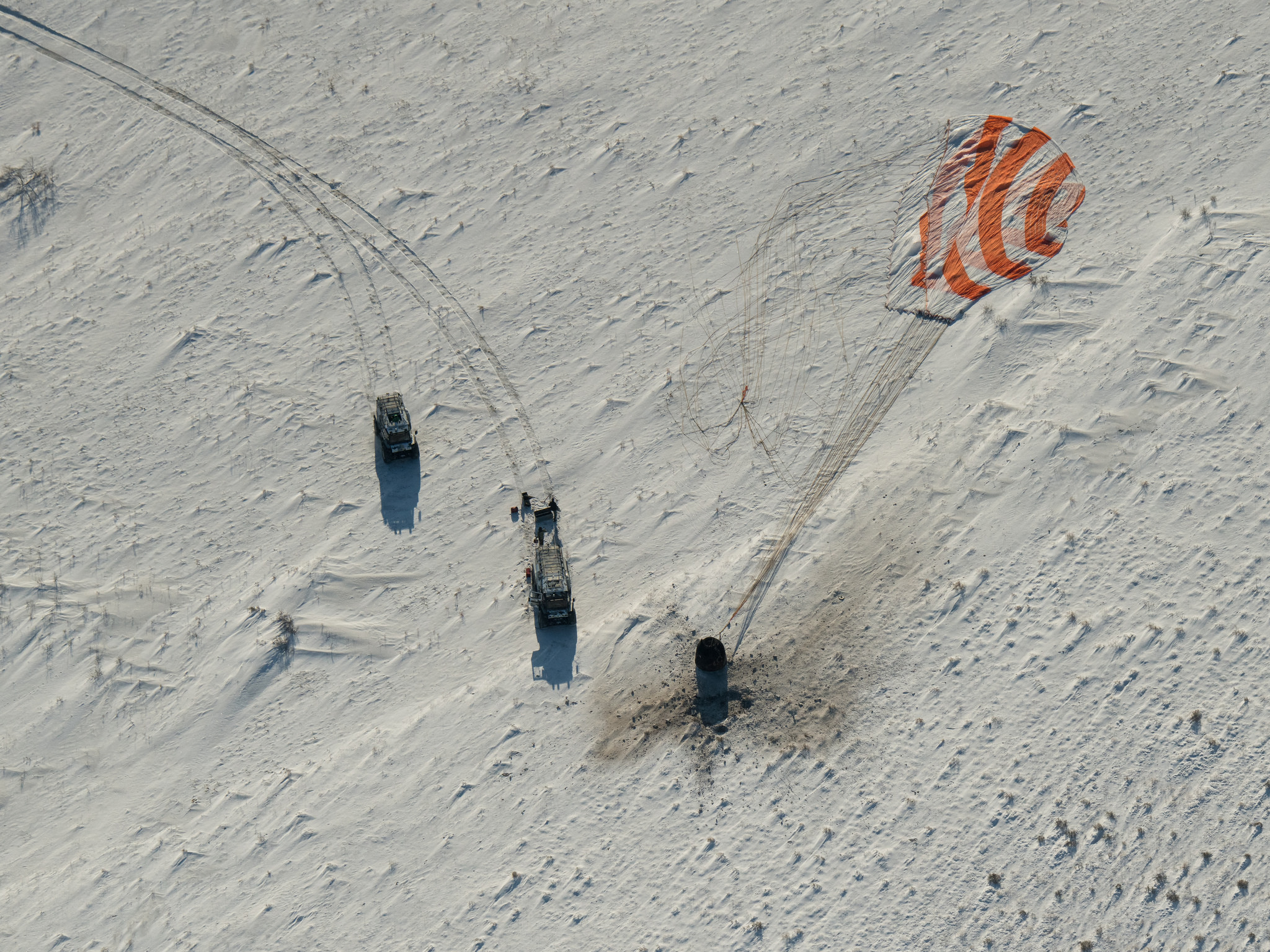


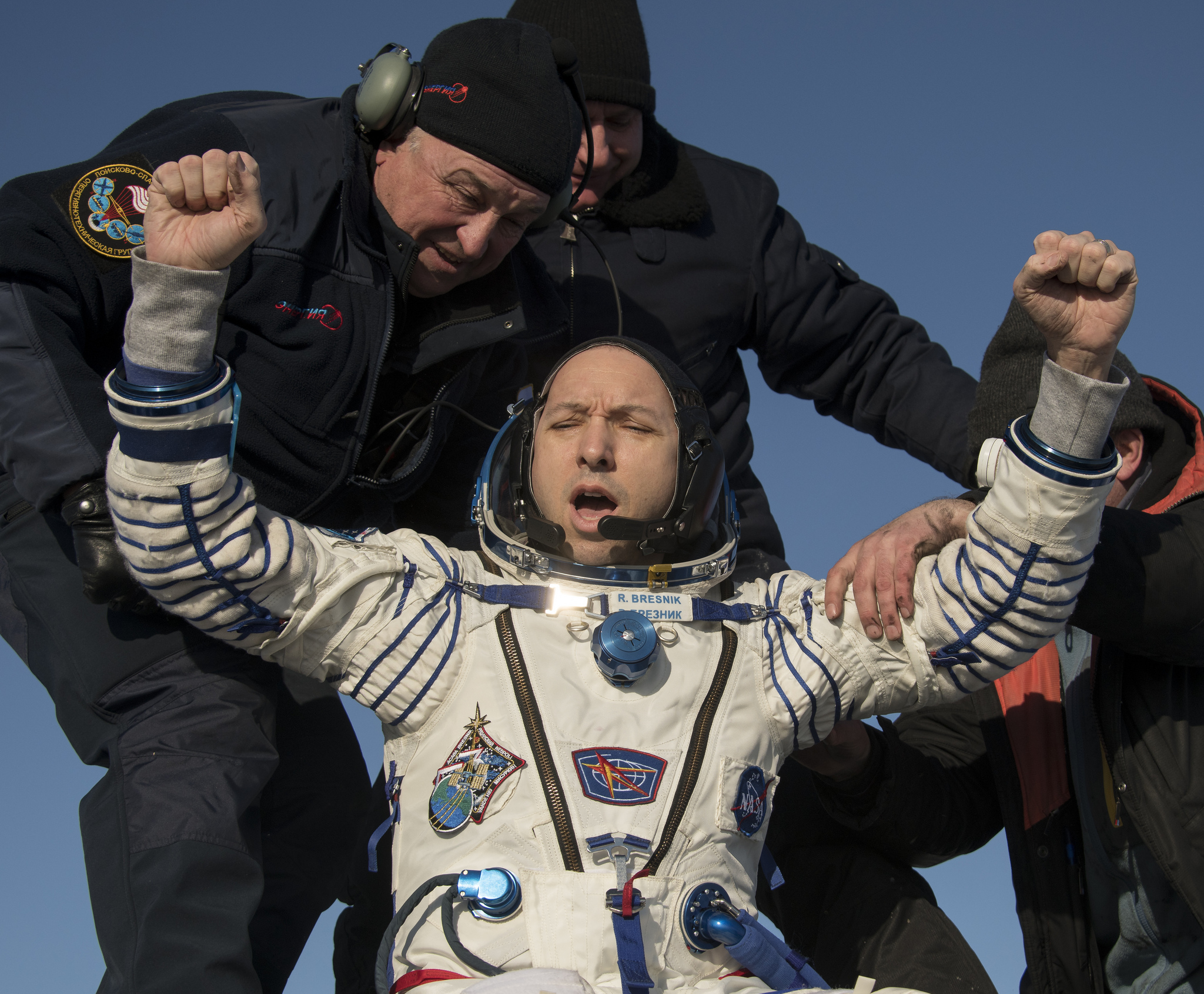
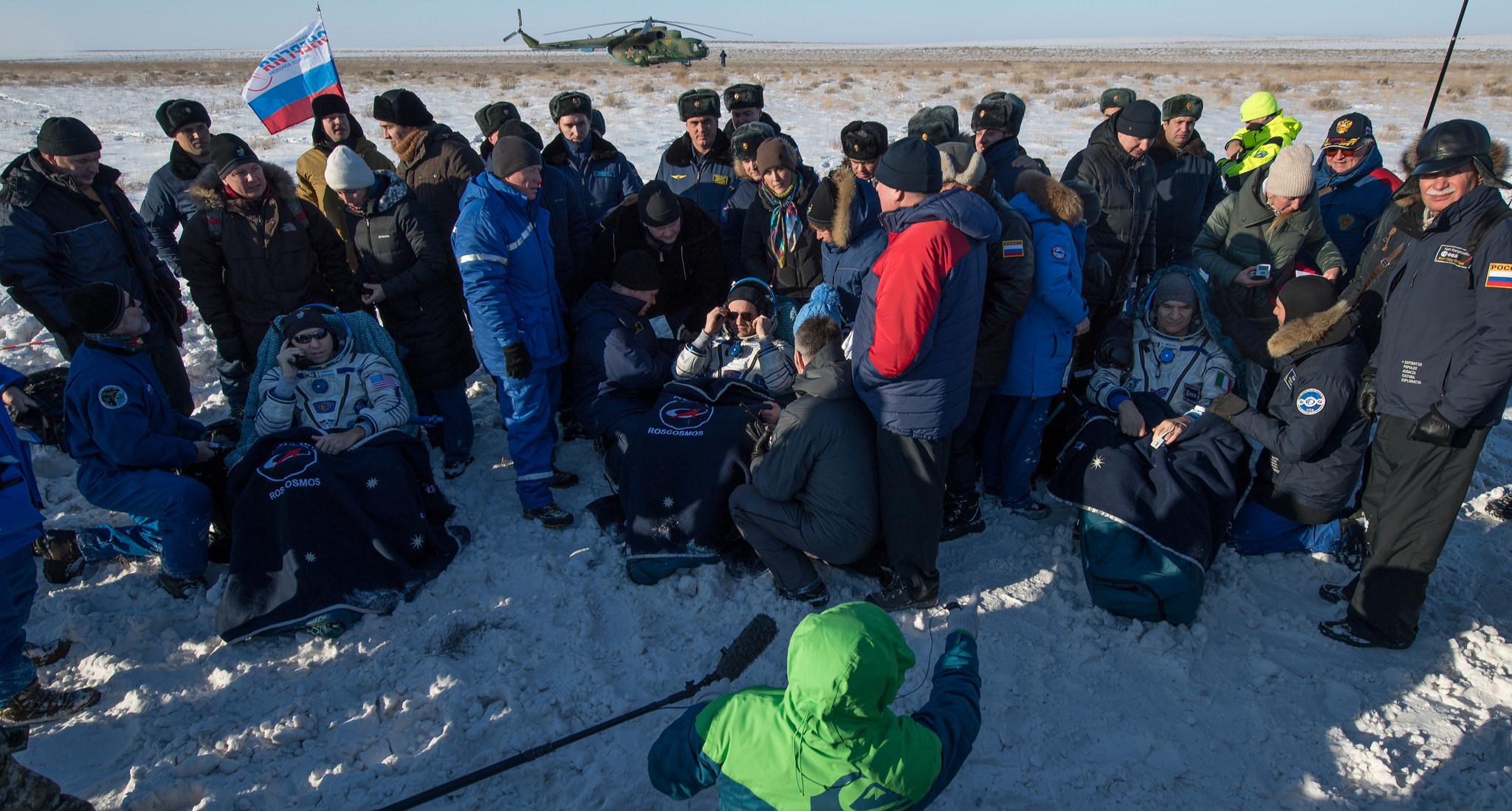
Landing took place several hours later on a snow-covered Kazakh Steppe in Kazakhstan at 08:37 UTC. Six hours earlier, at 02:02 UTC, the hatches between Soyuz MS-05 and the space station were closed after a ceremonial farewell with Misurkin, Vande Hei and Acaba staying behind to form Expedition 54 with Misurkin as its commander. They would remain aboard the ISS until February 2018.
Bresnik finished his second spaceflight. Between his first flight aboard the Space Shuttle Atlantis’ STS-129 mission in 2009 and this long-duration mission, he logged some 150 days in orbit.
Ryazansky was also on his second spaceflight. He first flew to orbit in 2013 as part of Expedition 37 and 38. After this mission, his career total stands at 306 days.
Finally, Nespoli completed his third spaceflight. His first was during the STS-120 mission in 2007, which saw the addition of the Harmony module to the ISS. He ventured into orbit again in 2010 and 2011 as part of Expedition 26 and 27. At the conclusion of that long-duration flight, he took the first pictures of a space shuttle docked to the outpost from his departing Soyuz spacecraft. His total time in space stands at 313 days.



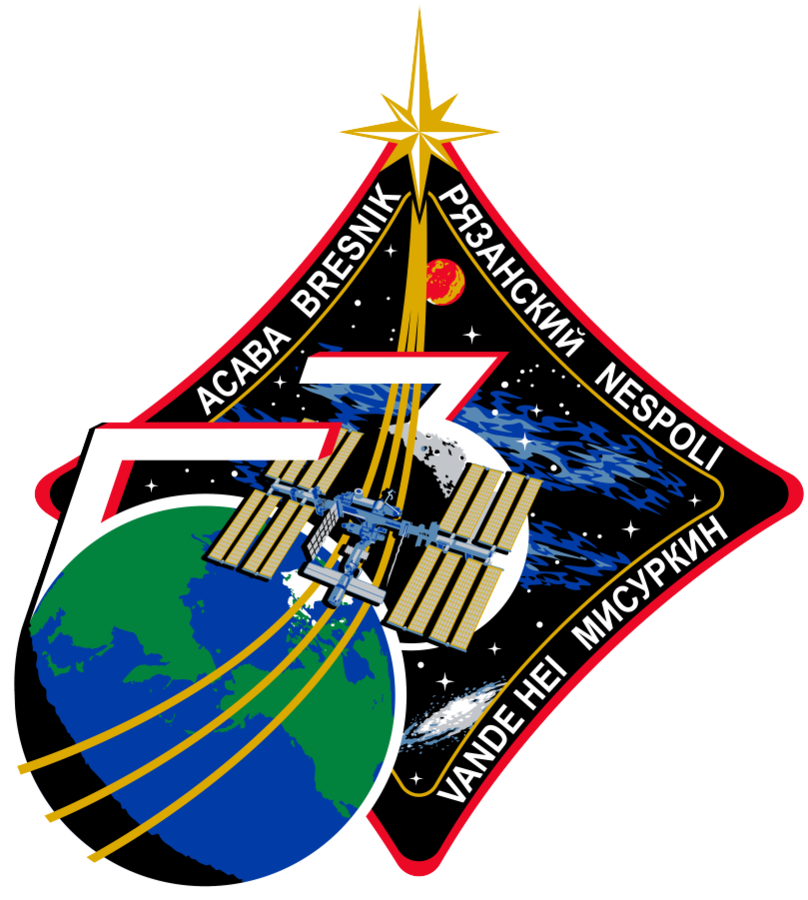
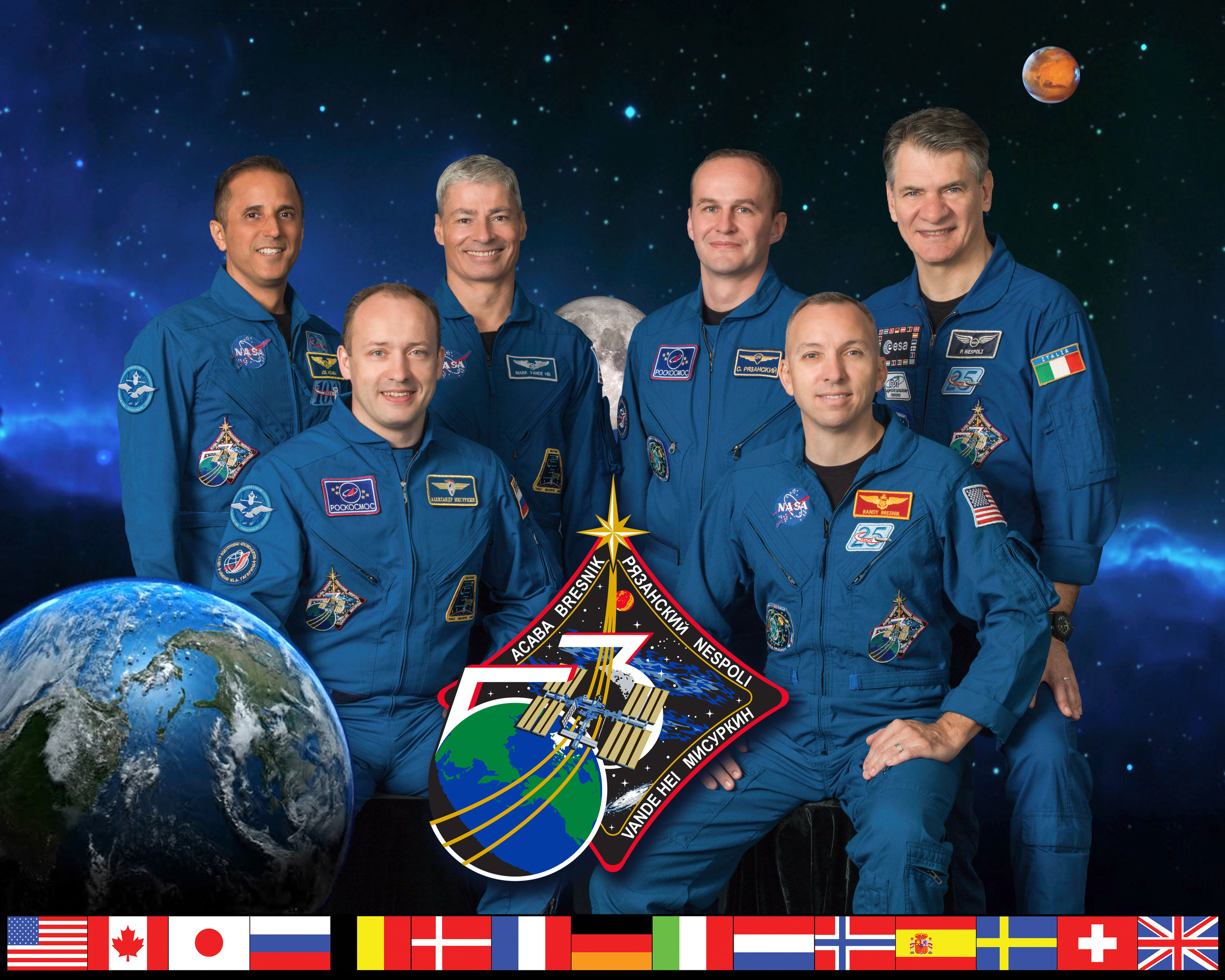
















Returning from the black of space to the cold of Kazakhstan, three International Space Station crew members have returned to Earth after 138 days and 17 hours in space. Soyuz MS-05 landed at 2:37 p.m. Kazakh time (3:37 a.m. EST / 08:37 GMT) Dec. 14, 2017.
NASA astronaut Randy Bresnik, European Space Agency astronaut Paolo Nespoli, and Russian cosmonaut Sergey Ryazanskiy landed on the Steppe of Kazakh in their Soyuz MS-05 capsule, not far from where they launched to space some five months earlier on July 28, 2017.